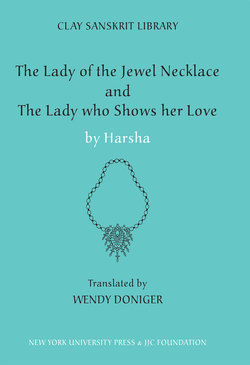Читать книгу The Lady of the Jewel Necklace & The Lady who Shows her Love - Harsha - Страница 50
На сайте Литреса книга снята с продажи.
Оглавлениеspent such a lot of money on such a miserable play. I wish I had known of it before, as I could have given you a piece worthy of your theater.” Bysack writes that he laughed at the very idea of his friend, who had never before composed anything in Bangla, now implying that he could produce a play in Bangla. A week later Datta handed Bysack a draft of the first act of what would be a five-act play, utterly Shakespearean in formal characteristics, about the triangular relationship involving the king Yayati, his wife Devayani, and Sermista, daughter of the asuras’ monarch but also both servant to Devayani and mother, illicitly, of children by Yayati (Seely 2004: 29–30).
And so this first translation of ‘The Lady of the Jewel Necklace’ was, in itself, even more dismissive than the previous silence had been. It was, moreover, not a translation of the Sanskrit at all (though some editions claimed that it was), but a translation of someone else’s translation of the Sanskrit into Bengali. In the very next year, 1859, Dutt/Datta published his English translation of his own Bengali play, Sermista, based upon a story from the Sanskrit ‘Maha·bharata’ (Maha·bharata), the tale of Deva·yani and Sarmishtha, a very different sort of a triangle from the ones that Harsha had written about. Even then, the strong parallels with the English theatre (which we, too, have noted) inspired Dutt to recreate the story as it would have been told in English, rather than to lead the English audience back into the world of Sanskrit drama.
